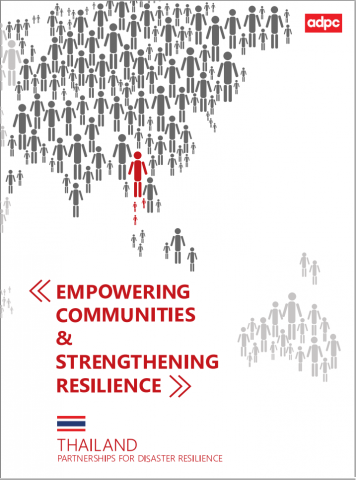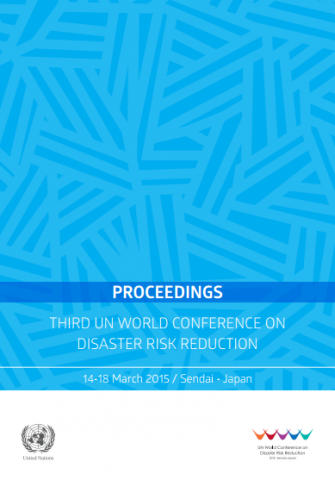Empowering Communities & Strengthening Resilience – Partnerships for Disaster Resilience for Thailand
This publication serves to document the lessons learned by Asian Disaster Preparedness Center ADPC and its development partners during their work in Thailand, with a focus on the implementation experience of projects following the ‘Great Floods’ of 2011. Importantly, these lessons are considered in the wider context of previous community-based disaster risk reduction work carried out by […]



